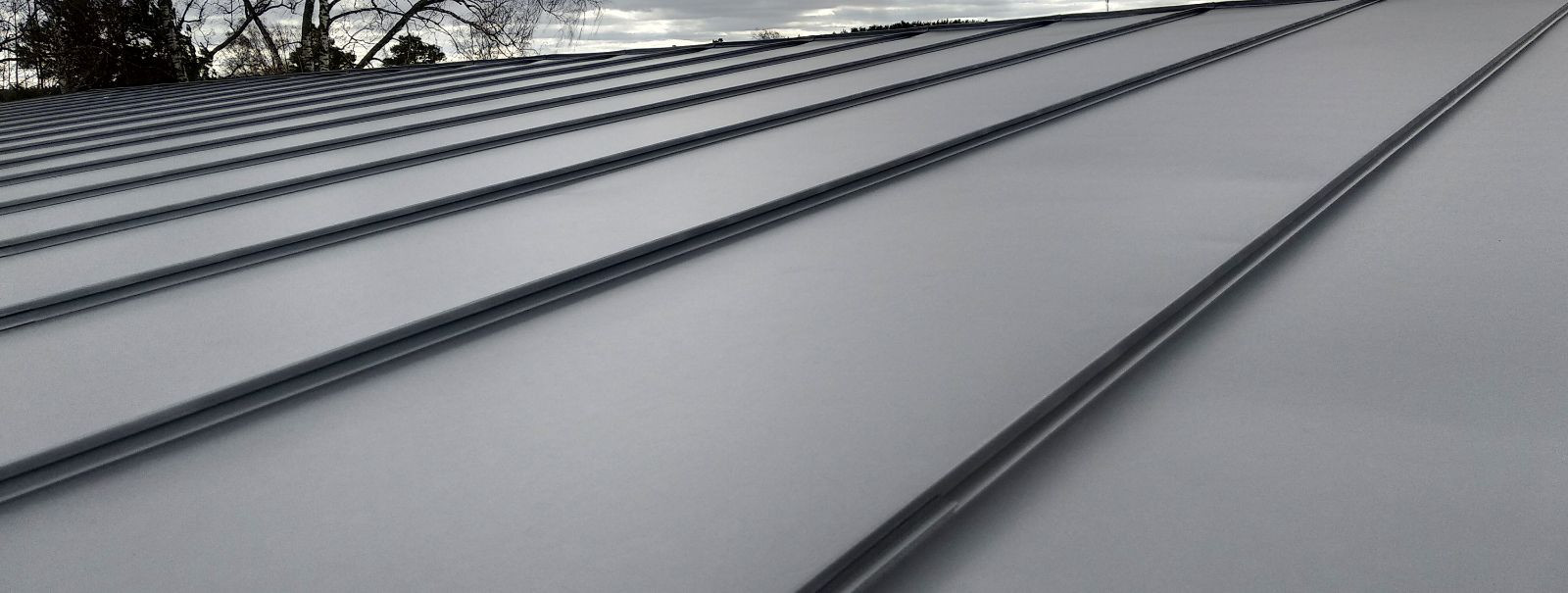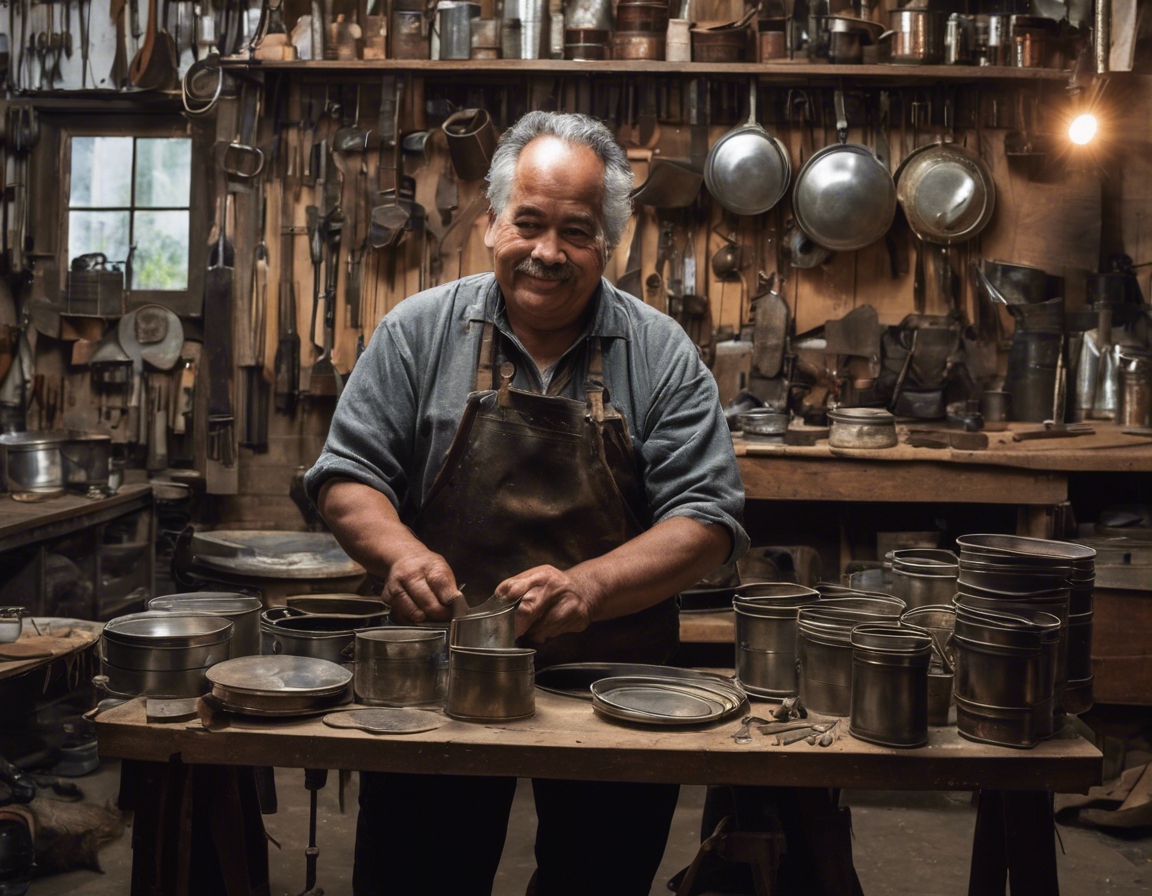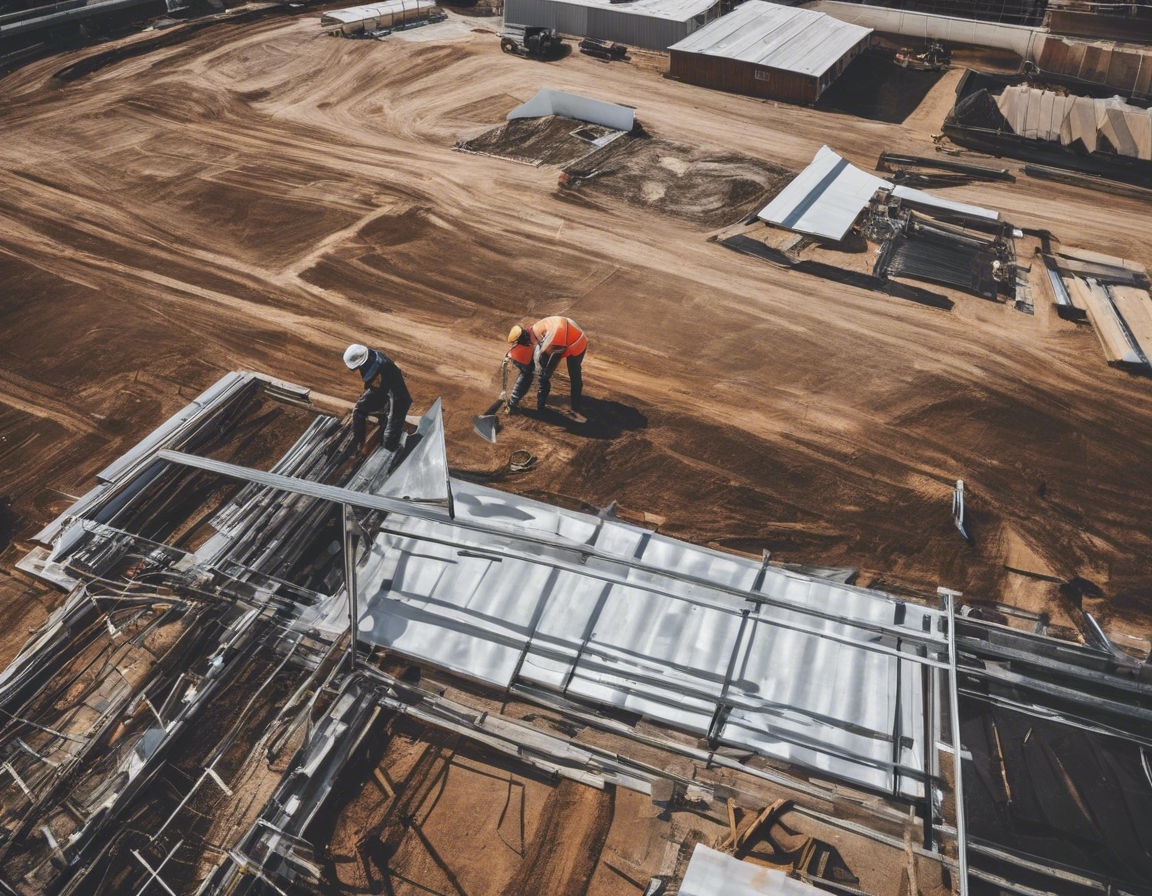The art of tinseling: a timeless craft
Tinseling, a craft as old as civilization itself, involves the intricate process of applying thin sheets of metal, traditionally tin, to various substrates for protection and decoration. This craft has been pivotal in the history of human development, offering a glimpse into the ingenuity of our ancestors who utilized available resources to enhance the durability and appearance of their structures.
Over centuries, tinseling has evolved from a rudimentary method of metalworking to a sophisticated craft. The techniques have been refined through generations of artisans, each contributing to the rich tapestry of this timeless craft.
The Tinseling Process
The primary material in tinseling is tin, known for its malleability, corrosion resistance, and lustrous finish. However, modern tinseling often incorporates other metals such as copper, aluminum, and steel to cater to various aesthetic and functional requirements.
The tinseling process is meticulous and requires precision. It begins with the preparation of the metal sheets, followed by cutting, shaping, and finally, application to the desired surface. Each step is crucial to achieving the signature look and longevity that tinsel work is known for.
Applications of Tinseling in Roofing
Tinsel roofs are not only visually striking but also offer exceptional protection against the elements. They are particularly suited for regions with diverse weather conditions, providing a shield against wind, rain, and snow.
The versatility of tinseling allows for a range of design options, from traditional patterns to contemporary styles. This adaptability makes it an ideal choice for both residential and commercial properties looking to make a statement with their roofing.
Sustainability is at the heart of tinseling. The materials used are often recyclable, and the longevity of a tinsel roof means less frequent replacements, making it a wise investment for the environmentally conscious property owner.
Modern Innovations in Tinseling
With the advent of new technologies, tinseling has embraced innovations that enhance precision and efficiency. Laser cutting and computer-aided design (CAD) have revolutionized the way tinsel work is performed, allowing for intricate patterns and consistent quality.
The modern era has seen a rise in the demand for personalized and customized tinsel work. Clients now have the opportunity to be involved in the design process, ensuring that the final product reflects their unique vision and style.
Maintaining Tinsel Craftsmanship
Preserving the integrity of tinsel work is essential for maintaining its beauty and functionality. Regular maintenance, including cleaning and inspection, is key to extending the life of a tinsel roof.
In the event of damage, restoration and repair are critical to restoring a tinsel roof to its former glory. Skilled craftsmen are able to replicate historical techniques to ensure that repairs are seamless and uphold the craft's traditional standards.






Comments (0)